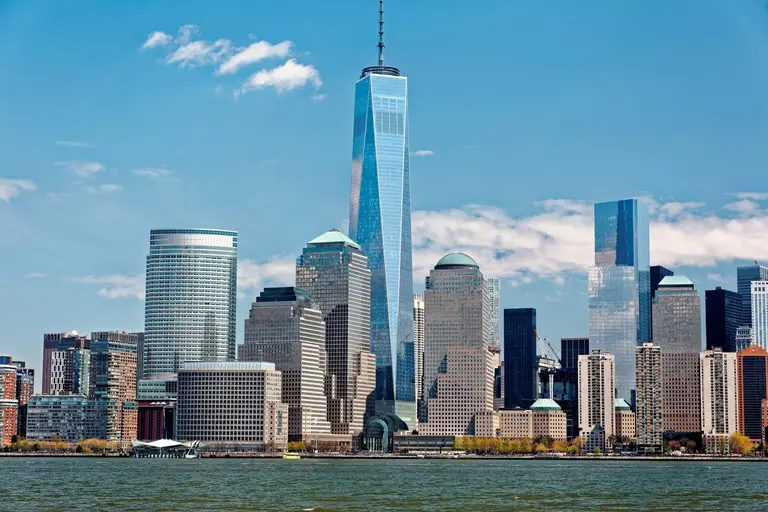September 11, 2018
In 2010, Lower Manhattan was still deeply scarred by the attacks of 9-11. With much of the neighborhood under construction, a high vacancy rate, and few full-time residents, walking around the area, especially outside business hours, often felt like walking through a ghost town. It was, in many respects, a neighborhood in waiting.
Since 2011, which marked the opening of the 9/11 Memorial—and the symbolic end of the neighborhood’s long period of recovery from the 9/11 attacks—Lower Manhattan has undergone a transformation that is difficult to ignore. New businesses have opened, new residential developments have launched, the vacancy rate has drastically declined, and in many respects, an entirely new neighborhood has taken shape.
The dawn of a new Downtown

